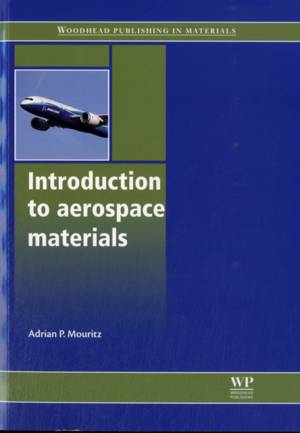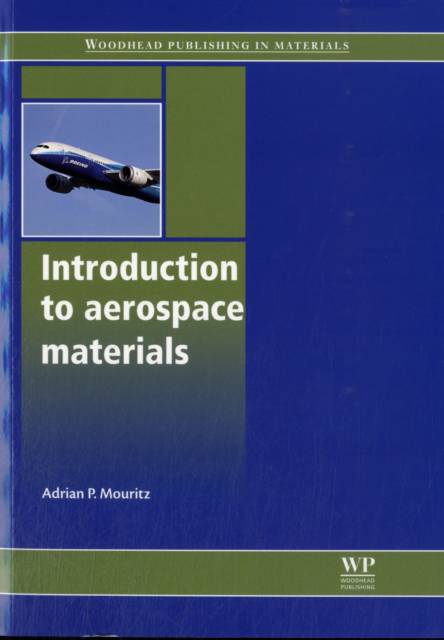
- Afhalen na 1 uur in een winkel met voorraad
- Gratis thuislevering in België vanaf € 30
- Ruim aanbod met 7 miljoen producten
- Afhalen na 1 uur in een winkel met voorraad
- Gratis thuislevering in België vanaf € 30
- Ruim aanbod met 7 miljoen producten
Zoeken
Omschrijving
The structural materials used in airframe and propulsion systems influence the cost, performance and safety of aircraft, and an understanding of the wide range of materials used and the issues surrounding them is essential for the student of aerospace engineering.Introduction to aerospace materials reviews the main structural and engine materials used in aircraft, helicopters and spacecraft in terms of their production, properties, performance and applications.The first three chapters of the book introduce the reader to the range of aerospace materials, focusing on recent developments and requirements. Following these introductory chapters, the book moves on to discuss the properties and production of metals for aerospace structures, including chapters covering strengthening of metal alloys, mechanical testing, and casting, processing and machining of aerospace metals. The next ten chapters look in depth at individual metals including aluminium, titanium, magnesium, steel and superalloys, as well as the properties and processing of polymers, composites and wood. Chapters on performance issues such as fracture, fatigue and corrosion precede a chapter focusing on inspection and structural health monitoring of aerospace materials. Disposal/recycling and materials selection are covered in the final two chapters.With its comprehensive coverage of the main issues surrounding structural aerospace materials, Introduction to aerospace materials is essential reading for undergraduate students studying aerospace and aeronautical engineering. It will also be a valuable resource for postgraduate students and practising aerospace engineers.
Specificaties
Betrokkenen
- Auteur(s):
- Uitgeverij:
Inhoud
- Aantal bladzijden:
- 640
- Taal:
- Engels
- Reeks:
Eigenschappen
- Productcode (EAN):
- 9781855739468
- Verschijningsdatum:
- 23/05/2012
- Uitvoering:
- Paperback
- Formaat:
- Trade paperback (VS)
- Afmetingen:
- 170 mm x 241 mm
- Gewicht:
- 1020 g

Alleen bij Standaard Boekhandel
+ 237 punten op je klantenkaart van Standaard Boekhandel
Beoordelingen
We publiceren alleen reviews die voldoen aan de voorwaarden voor reviews. Bekijk onze voorwaarden voor reviews.











